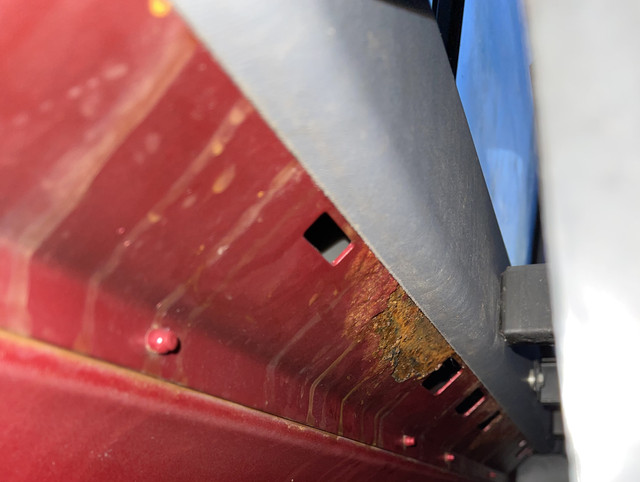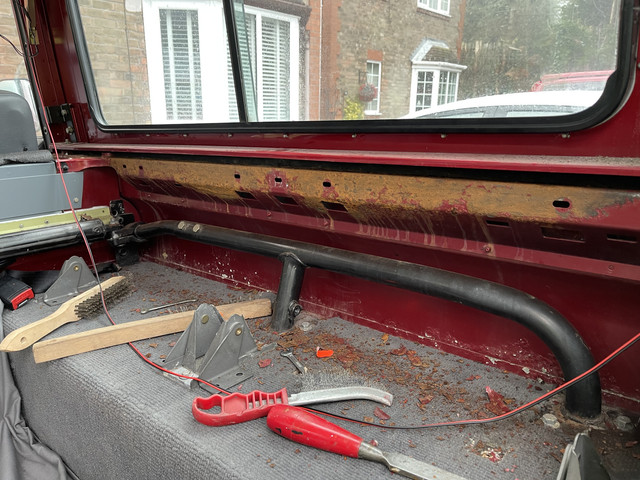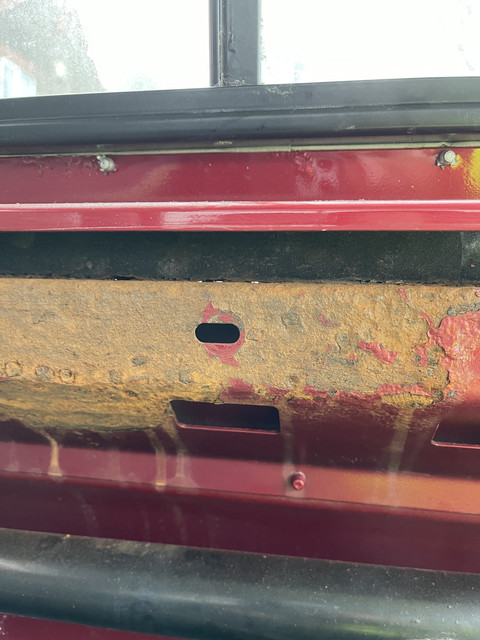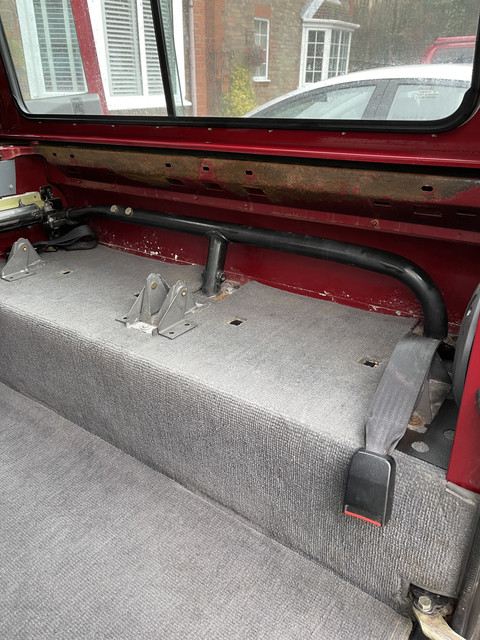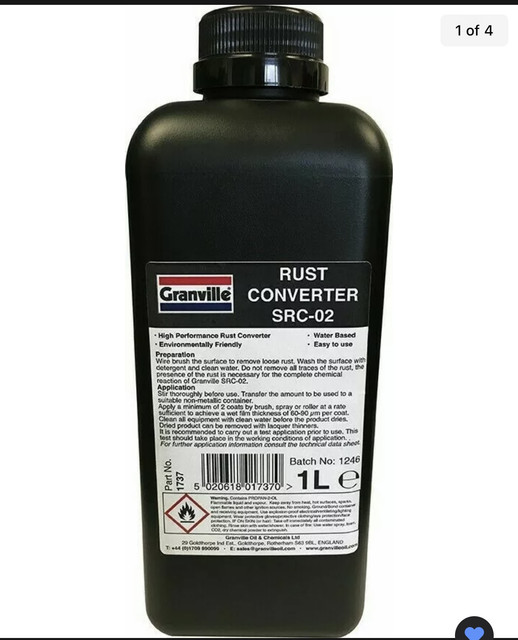ryan_1993
Active Member
- Posts
- 138
- Location
- United Kingdom
So the steel body capping on driver side has a bit of a leaky seal and has got some surface rusting from the inside out. Being a CSW this rust was pretty much all hidden under the plastic trim on the rear. There was a little bit of surfacing rusting near driver side door pillar of the capping, but I honestly didn’t realise the full extent and that the surface rust was spread right along.
me and my grandma stripped out the rear seats and plastic side trim revealing all the surface rust yesterday.
I Can confirm capping itself is still all solid and no holes within the capping. No real rust present on outside the vehicle either.
On Closer inspection on the seal you can actually see (albeit very finely) day light through it, this is obviously where it has leaked through over the last 20 plus years annoyingly. It was never absolutely soaking wet on that side just a steady weap.
I have bought some GRANVILLE Heavy Duty Rust Cure Converter to treat the body capping on the inside. My dad even though he is in not the best health at the moment, having had throat cancer and throat corrective surgery just this Wednesday gone was still determined to try and help me today though. “Bless him”.
He suggested once all loose rust is scrapped off and removed to seal along the foam gasket with tiger seal or similar product before applying any of the rust treatment/converter just in case it starts dissolving the foam seal. Can anyone else provide any advice or thoughts on this?
So plan what my dad suggested is this..
Wire brush loose rust > seal the foam gasket right along the length inside the cabin > prime all rusted area > respray and relacquer > wait for a dry day and use Sikaflex 221 adhesive on the outside seam too to finish it off.
anyone else offer any suggestions?
me and my grandma stripped out the rear seats and plastic side trim revealing all the surface rust yesterday.
I Can confirm capping itself is still all solid and no holes within the capping. No real rust present on outside the vehicle either.
On Closer inspection on the seal you can actually see (albeit very finely) day light through it, this is obviously where it has leaked through over the last 20 plus years annoyingly. It was never absolutely soaking wet on that side just a steady weap.
I have bought some GRANVILLE Heavy Duty Rust Cure Converter to treat the body capping on the inside. My dad even though he is in not the best health at the moment, having had throat cancer and throat corrective surgery just this Wednesday gone was still determined to try and help me today though. “Bless him”.
He suggested once all loose rust is scrapped off and removed to seal along the foam gasket with tiger seal or similar product before applying any of the rust treatment/converter just in case it starts dissolving the foam seal. Can anyone else provide any advice or thoughts on this?
So plan what my dad suggested is this..
Wire brush loose rust > seal the foam gasket right along the length inside the cabin > prime all rusted area > respray and relacquer > wait for a dry day and use Sikaflex 221 adhesive on the outside seam too to finish it off.
anyone else offer any suggestions?
Last edited:

